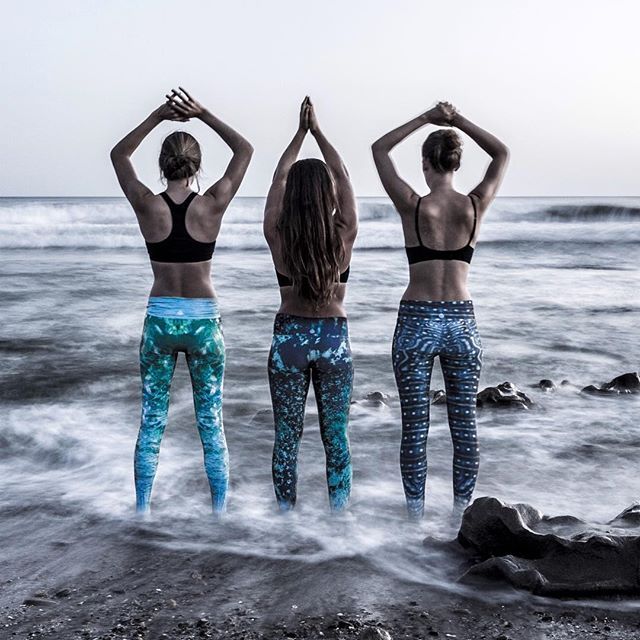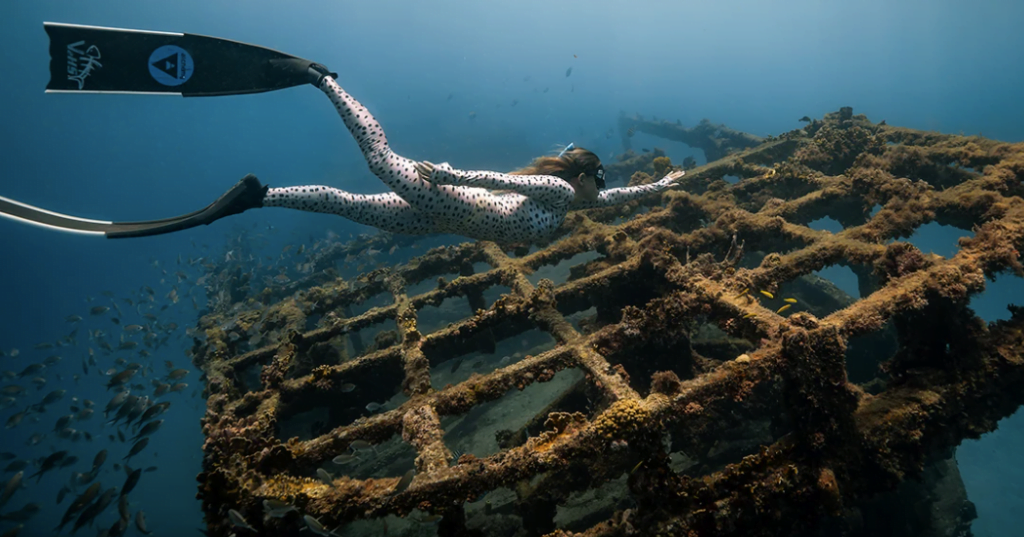Want More?
Sign Up for updates straight to your inbox! Woohoo!
It’s just one drop in the ocean, It can’t make a difference.
Well did you know that the chemicals found in sunscreens can have a toxic effect even at the equivalent of one drop in 6.5 olympic sized swimming pools! In fact one study showed concentrations of 62 parts per trillion damaged nearly half of the coral larva exposed to it (in a lab setting).
Lets put that in perspective a little when I tell you that roughly 4000-6000 tons of sunscreen end up in coral reefs every year.
In fact rather than evenly distributing around the oceans most of this sunscreen is being concentrated around popular swimming, snorkelling and diving sites. Which yes you guessed it happens to be where the largest concentrations of corals are.

Of course it is becoming more and more widely known that sunscreens are bad for the ocean. So out rolled a whole host of new ‘reef safe’ sunscreens. Problem solved. Short post.
Now the sad part is that this doesn’t actually mean anything. The term ‘reef safe’ is not actually regulated meaning that even if it contains coral damaging chemicals it still might be claimed as safe. Which is many cases is exactly what is happening.
So what can we do?
Disclosure: Some of the links in this post are affiliate links. This means if you go through them to make a purchase we will earn a commission. Our aim is to help our readers through these links so everything we promote will be high quality products we personally believe in.
Congrats you can already check that off by reading the rest of this post!
Sunscreens fall into two categories. Chemical sunscreens absorb UV rays and Mineral (or physical) sunscreens act as a shield on top of the skin to deflect them.

Oxybenzone (also known as benzophenone-3 or BP-3) which is a common ingredient in FDA approved sunscreens and is found in more than 3500 skin care products worldwide.
When absorbed by corals it:
Which overall leaves it more susceptible to coral bleaching which in turn leaves the coral more vulnerable to infection and without its ability to get the nutrients it needs to survive.
Not only that but along with Octinoxate are actually equally as damaging to human bodies too. Both Oxybenzone and Octinoxate absorb into the skin in fact according to the centre of disease control 97% of americans have the chemical circling in their bodies.
It then enters the blood stream and breast milk, eventually altering hormone balance in both men and women. If that’s not bad enough there is even more concern that it causes thyroid problems and skin cancer.
Zinc oxide and Titanium dioxide which when non-nanotized appear to be safer for reefs than chemical ones.
Both of these minerals are biodegradable and do not absorb into the skin.
Unfortunately these are more than a little rare. Not to mention we now have some major trust issues with the versions of ‘reef safe’ we were using before.
Lucky for us a group of divers, chemists and environmentalists came together to create stream2sea. A sunscreen that underwent a series of pioneering tests on microscopic marine organisms, fish and coral larva to MAKE SURE it is safe. So they can safely say Stream2sea does not contain any ingredients known to harm marine environments. Setting a new standard for reef safe products. Not to mention all of their products have eco packaging.
Plus its not just sunscreen! They ran with the idea and now make shampoos, conditioners, body wash, after sun, hand sanitiser, mask defog and SPF lip balm!
If you are a beach, dive or other watersports business Stream2sea also have a programme for sunscreen dispensers to put on your boats and resorts. Helping your customers protect the reef and getting them educated at the same time.

Of course we cannot ask people to risk their health by completely going without sunscreens. After all we want to protect both your skin and the environment.
The easiest ways to do this is by using physical barriers like clothing to protect you from UV rays.
Nowadays it is pretty easy to find stylish rash guards and skin suits and the benefit is they can even help out when diving.
If your looking for something unique try:

Pollution can enter our waters in a variety of ways. For sunscreens this can simply mean seeping into the water from our skin, being washed though the water when we shower or even sprayed directly through aerosol cans.
Although sad this is actually a good thing as it means we are in control of exactly what is entering our water. In short it is easier for us to do something about it!
Sunscreen pollution is a major cause of reef damage and also the easiest thing to change.
Why not start today?
Sign Up for updates straight to your inbox! Woohoo!